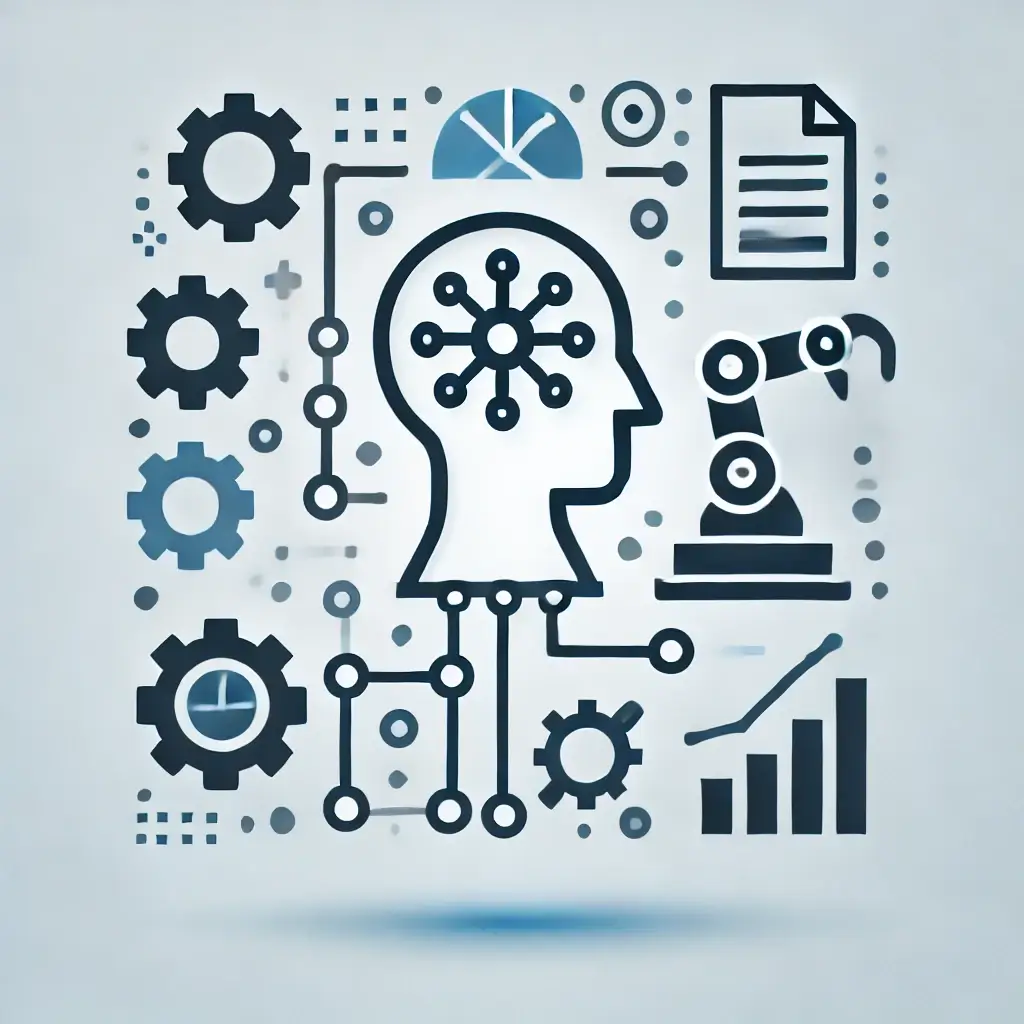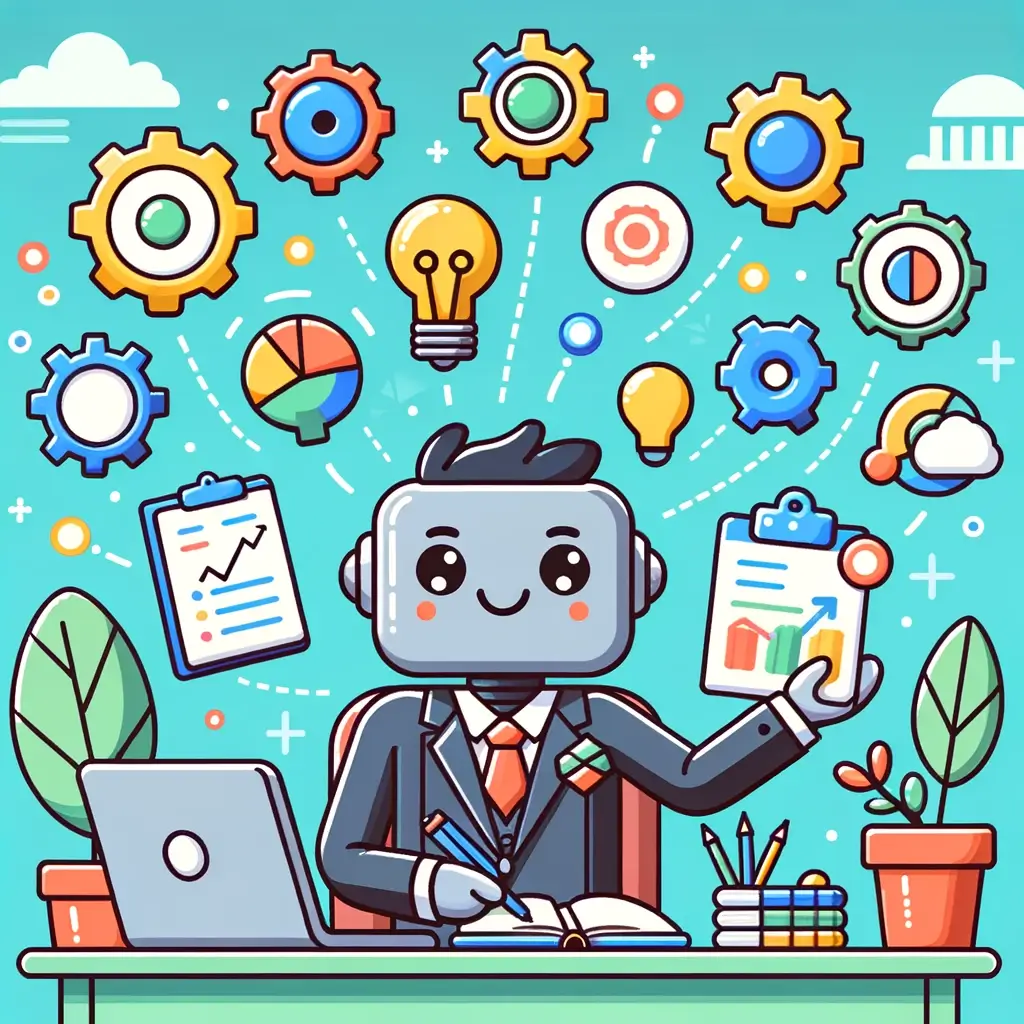In the fast-paced world of business, the only constant is change. To thrive in such a dynamic environment, organizations must embrace a philosophy of perpetual growth and development. This is where cultivating a culture of continuous improvement becomes essential. It’s not just about incremental changes; it’s about embedding a mindset into the very fabric of an organization. This culture empowers employees at all levels to seek out efficiencies, innovate, and adapt in real time to the ever-evolving business landscape.
In this article, we will delve into the essence of continuous improvement, explore its multifaceted benefits, and offer practical insights on how businesses can embed this transformative approach into their day-to-day operations.
Understanding the Continuous Improvement Culture
Continuous Improvement Culture Explained
A continuous improvement culture is an organizational mindset that encourages a persistent pursuit of better ways to accomplish tasks and processes. It’s an ethos where employees, from the top leadership to the front-line workers, are committed to identifying and implementing improvements in their work. This culture is rooted in the belief that no process is ever perfect, and there’s always room for enhancement, no matter how small or incremental. It’s about seeing improvement as a journey rather than a destination.
The Psychological and Practical Aspects
Psychologically, fostering a continuous improvement culture involves nurturing a collective mindset where change is not only welcomed but sought after. It requires building an environment where employees feel safe to express ideas, experiment, and even fail. This openness leads to a sense of ownership and engagement among the workforce, as they see themselves as active contributors to the company’s success.
Practically, it involves putting systems and processes in place that support continuous improvement. This includes regular training sessions, open communication channels for sharing ideas, and a reward system that recognizes and celebrates improvements. It also requires setting up metrics to measure progress and impact, ensuring that the efforts align with the overall business objectives.
Key Benefits for Businesses
Adopting a continuous improvement culture offers numerous benefits for businesses. These include:
- Increased Efficiency and Productivity: Continuous identification and implementation of improvements streamline processes, reducing waste and increasing productivity.
- Enhanced Quality: Regular refinements in processes and products lead to higher quality outputs, boosting customer satisfaction.
- Better Employee Engagement and Satisfaction: When employees are actively involved in improvement initiatives, it leads to higher job satisfaction and retention rates.
- Innovation and Adaptability: A culture that encourages constant improvement naturally fosters innovation, helping businesses stay competitive and adapt to market changes.
- Cost Reduction: Efficiency improvements often result in cost savings, whether through reduced waste, lower error rates, or more efficient use of resources.
In essence, a culture of continuous improvement is not just about making constant changes; it’s about creating an environment where those changes are part of the normal functioning of the business, leading to sustainable growth and success.
Essential Strategies for Cultivating a Culture of Continuous Improvement
Leadership Commitment: Setting the Tone for Continuous Improvement
The journey towards a culture of continuous improvement begins at the top. Leadership commitment is crucial in setting the tone and establishing the importance of this culture.
Leaders must not only advocate for continuous improvement but also actively participate in it. This involves:
- Modeling the Behavior: Leaders should exemplify the continuous improvement mindset by seeking feedback, demonstrating openness to change, and showing a willingness to adapt.
- Communicating the Vision: Clearly articulating the vision and value of continuous improvement helps align the entire organization toward common goals.
- Providing Resources and Support: Leaders must ensure that teams have the necessary resources, time, and support to engage in improvement activities.
Employee Involvement: Encouraging Participation and Ownership
A culture of continuous improvement thrives when employees at all levels are involved and take ownership of the improvement process. Strategies to foster this include:
- Creating a Safe Space for Ideas: Encourage an environment where employees feel safe to suggest improvements without fear of criticism or failure.
- Empowering Employees: Give employees the authority to make changes and improvements in their areas of work. This empowerment leads to a greater sense of ownership and responsibility.
- Recognizing and Rewarding Contributions: Acknowledge and celebrate improvements made by employees. Recognition can be in the form of public acknowledgment, awards, or tangible rewards.
Training and Development: Building Skills for Continuous Improvement
Ongoing training and development play a pivotal role in embedding a culture of continuous improvement. Key aspects include:
- Regular Training Programs: Offer training sessions focused on continuous improvement methodologies, problem-solving skills, and change management.
- Skills Development: Encourage employees to develop skills that are crucial for continuous improvement, such as critical thinking, data analysis, and process mapping.
- Cross-Functional Learning: Promote learning across different departments and teams to foster a broader understanding of the business and create opportunities for cross-functional improvements.
In summary, cultivating a culture of continuous improvement requires a concerted effort across the organization, starting from committed leadership to engaged and empowered employees, all supported by ongoing training and development. These strategies lay the foundation for a resilient, adaptable, and continuously evolving business.
Tools and Techniques for Continuous Improvement
Popular Methodologies for Continuous Improvement
To effectively embed a culture of continuous improvement, businesses often rely on established methodologies that provide structured approaches to process optimization. Three of the most widely used methodologies are Lean, Six Sigma, and Kaizen.
- Lean: Originating from Toyota’s production system, Lean focuses on eliminating waste (or ‘Muda’) within processes. It emphasizes creating more value for customers with fewer resources by optimizing workflows and reducing unnecessary activities.
- Six Sigma: Developed by Motorola, Six Sigma aims at improving the quality of process outputs by identifying and removing the causes of defects (errors) and minimizing variability in manufacturing and business processes. It uses a set of quality management methods, mainly empirical, and statistical methods, and creates a special infrastructure of people within the organization.
- Kaizen: A Japanese term meaning ‘continuous improvement’, Kaizen involves making small, incremental changes regularly to improve efficiency and quality. It encourages suggestions and involvement from workers of all levels and functions.
Case Studies of Successful Implementation
- Toyota’s Lean Production: Toyota’s implementation of Lean principles revolutionized manufacturing. Their just-in-time (JIT) inventory system significantly reduced waste and improved efficiency, setting a new standard in automotive manufacturing.
- General Electric and Six Sigma: General Electric’s adoption of Six Sigma led to dramatic improvements in product quality and operational efficiency, reportedly saving the company billions of dollars over several years.
- Kaizen at Lockheed Martin: Lockheed Martin applied Kaizen principles to streamline their aircraft assembly process. This led to a substantial reduction in assembly time and costs, enhancing their competitive edge in the aerospace industry.
Leveraging Technology for Continuous Improvement
Technology plays a crucial role in facilitating and accelerating continuous improvement efforts. Modern tools and technologies that aid this process include:
- Data Analytics and Business Intelligence Tools: These tools provide actionable insights from data, helping businesses identify areas for improvement.
- Process Mining Software: This software visualizes and analyzes business processes based on digital footprints left in IT systems, allowing for a deep understanding of process efficiency and bottlenecks.
- Collaboration Platforms: Tools like Slack, Microsoft Teams, and Asana enhance communication and collaboration across departments, making it easier to share ideas and track progress on improvement initiatives.
In conclusion, combining proven methodologies like Lean, Six Sigma, and Kaizen with modern technological tools can significantly enhance a business’s ability to implement and sustain continuous improvement practices effectively.
Overcoming Challenges in Implementing a Continuous Improvement Culture
Identifying Common Obstacles
Implementing a continuous improvement culture is not without its challenges. Some of the most common hurdles include:
- Resistance to Change: Many employees may be comfortable with the status quo and resist new methods or changes.
- Lack of Resources: Limited time, money, or personnel can hinder the implementation of continuous improvement initiatives.
- Maintaining Momentum: Starting improvement initiatives can be exciting, but keeping the momentum going over the long term can be challenging.
Practical Tips for Overcoming These Challenges
- Addressing Resistance to Change:
- Effective Communication: Communicate the benefits and rationale behind the change to all stakeholders.
- Involvement and Empowerment: Involve employees in the change process and give them a sense of ownership.
- Small Wins: Start with small, manageable changes to demonstrate success and build confidence in the process.
- Dealing with Lack of Resources:
- Prioritize Initiatives: Focus on areas with the highest potential impact to make the most of available resources.
- Leverage Technology: Utilize technology to automate processes and increase efficiency.
- Employee Training: Invest in employee training to improve skills and reduce the need for external resources.
- Maintaining Momentum:
- Continuous Leadership Support: Ensure ongoing support and involvement from leadership.
- Recognition and Rewards: Regularly recognize and reward efforts and successes in continuous improvement.
- Feedback Loops: Establish mechanisms for regular feedback to understand what is working and what isn’t.
The Importance of Measuring Progress and Adapting Strategies
Consistent measurement and evaluation of progress are vital in a culture of continuous improvement. This involves:
- Setting Clear Metrics and Goals: Establish specific, measurable goals for improvement initiatives.
- Regular Review and Assessment: Periodically review the progress against these goals and metrics.
- Flexibility to Adapt: Be prepared to adapt strategies based on feedback and changing circumstances. This agility is key to maintaining the relevance and effectiveness of improvement initiatives.
Overcoming the challenges in implementing a continuous improvement culture requires a strategic approach, focused on effective communication, resource optimization, and maintaining momentum through ongoing support and recognition. Equally important is the ability to measure progress and adapt strategies, ensuring that the journey of continuous improvement remains dynamic and impactful.
The Future of Continuous Improvement in Business
Evolving Cultures of Continuous Improvement
As we look toward the future, continuous improvement cultures in businesses are likely to evolve in several key ways:
- Increased Integration of Technology: The future of continuous improvement will be heavily influenced by advancements in technology. Artificial Intelligence (AI), machine learning, and automation will become integral in identifying areas for improvement and implementing solutions more efficiently.
- Greater Focus on Sustainability: Businesses will increasingly incorporate sustainability into their continuous improvement strategies. This will involve not only improving operational efficiency but also reducing environmental impact and enhancing social responsibility.
- Emphasis on Agility and Resilience: The ability to rapidly adapt to changing market conditions and challenges, such as those posed by global events, will be a crucial aspect of continuous improvement.
Impact of Emerging Technologies and Global Trends
Emerging technologies are set to play a transformative role in continuous improvement:
- Big Data and Analytics: The use of big data analytics will allow businesses to make more informed decisions by identifying patterns and insights that were previously unnoticed.
- Internet of Things (IoT): IoT devices will provide real-time data on various aspects of business operations, enabling quicker and more effective improvements.
- Virtual and Augmented Reality: These technologies will facilitate more immersive training and development, as well as allow for the virtual testing of improvements before implementation.
Global trends, such as the shift towards remote work and the increasing importance of digital transformation, will also shape how continuous improvement is practiced. Businesses will need to find ways to foster a culture of improvement in increasingly decentralized environments.
Final Thoughts on Adaptability and Growth Mindset
The key to thriving in the future business landscape lies in adaptability and a growth mindset. Businesses that can quickly learn, unlearn, and relearn to adapt to new realities will be the ones that stay ahead. This requires fostering a culture where continuous improvement is not just a strategy, but a fundamental way of thinking and operating.
In this dynamic environment, the ability to continuously improve will become a critical competitive advantage. It will not only be about optimizing processes but also about developing people who can drive the business forward in an ever-changing world.
In summary, the future of continuous business improvement will be heavily influenced by technology and global trends. It will demand a greater focus on adaptability, agility, and a growth mindset, ensuring businesses remain resilient and competitive in a constantly evolving world.
Conclusion
In sum, a culture of continuous improvement is vital for any forward-thinking business. It’s a comprehensive approach, encompassing leadership commitment, employee empowerment, effective methodologies, and overcoming challenges. As we look ahead, the integration of technology and adaptability to global trends will further shape this culture.
Ultimately, the continuous pursuit of improvement is not just about process optimization; it’s about fostering a mindset of growth and adaptability that is essential for long-term success and resilience in the ever-evolving business landscape.








